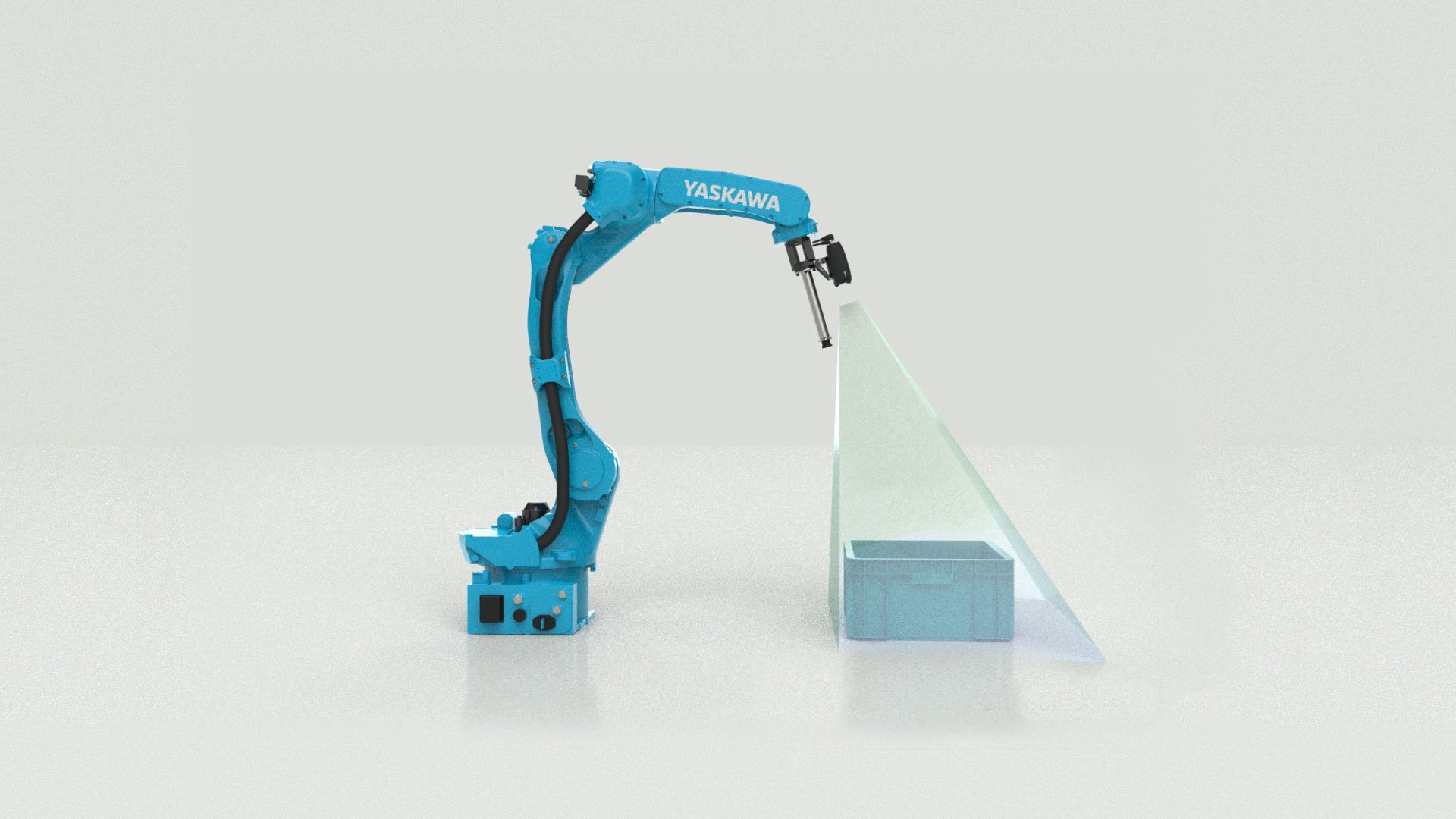Pure play 3D machine vision: a win-win for all
Zivid is all about providing industrial-grade 3D color cameras and companion software (and nothing more besides). Occasionally, we are asked if we offer vertical solutions for bin-picking, machine tending, or piece picking.
The short answer is that we deliberately focus on the challenges related to solving "Universal Picking" purely from the 3D machine vision perspective. Universal Picking describes the ability to grasp any object in a vast and diverse range of shapes and sizes, and a key element is the 3D vision component.[ref.]
Our cameras are already used in numerous automation applications and robot cells such as bin-picking, pick and place, and depalletization, and help to solve tasks accurately, efficiently, and safely.
For example, the Zivid 3D camera was a part of the solution when DHL, one of the largest logistics company, introduced the world's first robotic picking cell in their traditional warehouse environment. The company enabled the innovative solution by combining best of breed systems from different robotics companies as below.
- Zivid's 3D machine vision camera
- Yaskawa Motoman's MH180-120 robot
- Robot and system integration by Robomotive
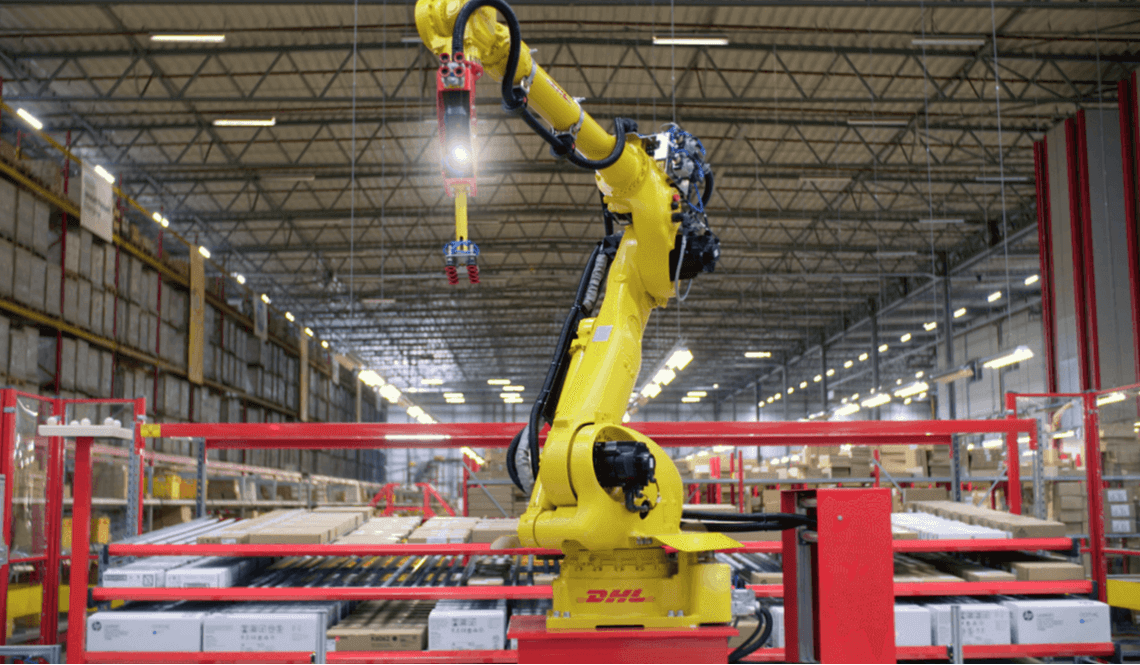
The Zivid 3D camera was used for DHL's automated warehouse solution.
Over the years, we have worked with numerous integrators and partners as a 3D camera provider. But why? Why does Zivid want unashamedly and proudly to be a pure play company instead of a complete solution provider?
This is a question we are asked occasionally, especially when competing machine vision vendors ‘go vertical’ as they offer a stand-alone solution, inclusive of a robot arm, application software, and a camera.
Here are three reasons why we decided to stay pure play and why it benefits our customers, partners, and the growing automation industry.
Being best
So goes the old saying, ‘we can’t all be good at everything’ and it’s just as true of businesses as it is of people – whatever some might claim they’re capable of. A pure play strategy then maintains a company’s focus on a select number of core competencies at which it really excels.
By helping to establish a more defensible and unique selling proposition and by eliminating any unnecessary distractions, the strategy ultimately aims to create a business that is regarded as being one of the best at what it does. The business’ goal is to become an industry expert and market leader.
In our own case we were founded on intense academic research into a whole range of 3D imaging techniques that began as far back as the year 2000. A pioneer of what became known as the eye safe structured light, or fringe projection technique, Zivid today offers 3D color cameras and supporting software that outperform the rest.
Integrating a 1900 pixel x 1200 pixel image sensor to produce a high-quality 2.3Mpixel 3D point cloud, the IP65-rated Zivid One+ cameras provide vision system integrators with complete XYZ coordinate, native RGB and contrast data for each and every pixel.
With such a high density of points, and no missing data, the Zivid point cloud yields a life-like 3D model of the scene within a robot arm’s reach that simply can’t be bettered.
Zivid 3D camera HD RBG point cloud vs. Standard TOF low quality output
Doing more
And by focusing attention on a particular niche, a pure play company should also be much better placed to extend the features and levels of service and support it offers its customers over time. And this is very much the case in our own experience.
Customers tell us of their pleasant surprise at the high level of documentation we provide. Some are almost suspicious of the way in which our products are supported by datasheets. But in a technology sector previously short on comprehensive product data, such reactions are to be expected perhaps.
In a very similar vein, Zivid has also always regarded camera test and verification to be of paramount importance to its offering. And again this has been something of a revelation to many customers who in the past have always had to take care of it all themselves.
So all Zivid cameras – small, medium and large - are calibrated over the full industrial operating temperature range, not just a point or two. Products are properly baked-in and any drift in performance recognized and rectified. Our view has always been that 3D cameras simply have to work out-of-the-box.
Regular in-the-field updates, in both our product firmware and software development kit are also particularly well received. Future-proofing, being able to keep machine vision systems up-to-date with the latest thinking, is naturally appreciated by most customers, though still appears to be a first in many instances.
We’re also now offering a unique range of Zivid One+ camera mounting accessories. Customers were having to create their own, it made sense that we did more to help. The range includes highly flexible precision camera mounts for both wall- and robot arm mounting.
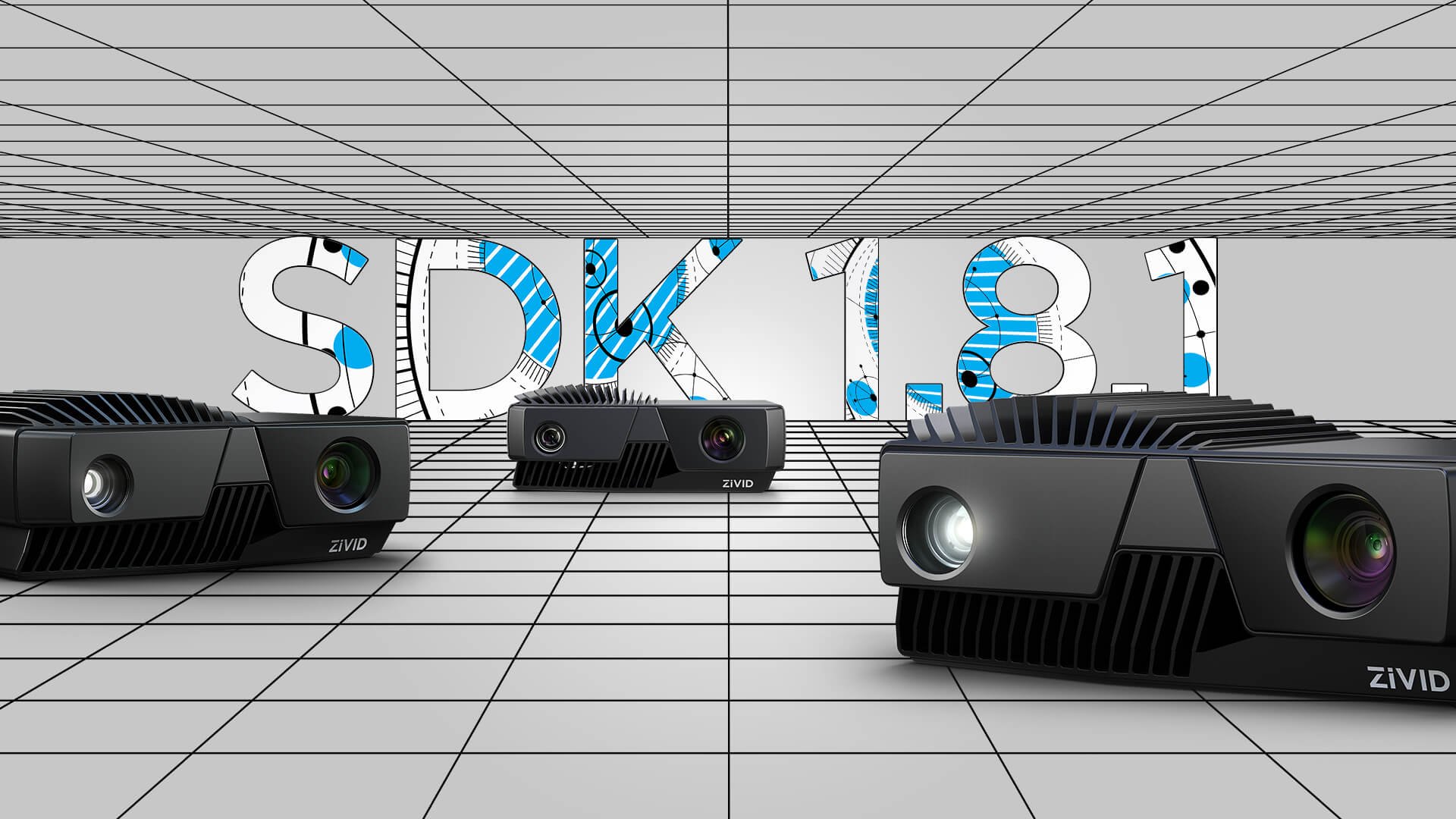
Zivid is committed to release a new SDK on a regular basis.
Fitting in
And in effect it has always been our view that the best way we can continue to help industry to exploit the full benefits of 3D camera technology is by remaining a pure play business. Pursuing some form of vertical integration on the side helps no one.
Our system integrator customers need the best, most easy to use 3D cameras, and software development kit. So that’s what we provide. What they don’t want from us is say a complete pick-and-place solution that ultimately competes with them.
They have the knowledge, know-how and hands’-on experience of custom application development, of robot arms and grippers, of integrating machine vision systems in a host of autonomous industrial robot and collaborative robot cells. It’s their IP, and it’s their own unique selling proposition.
Only by strategically partnering with them do we understand the real technical challenges they’re faced with, the true market demand and thereby deliver the tools they really need. Shifting our focus away from what we do best is just too costly and wasteful of resource; it makes no sense for us to compete in the same space.
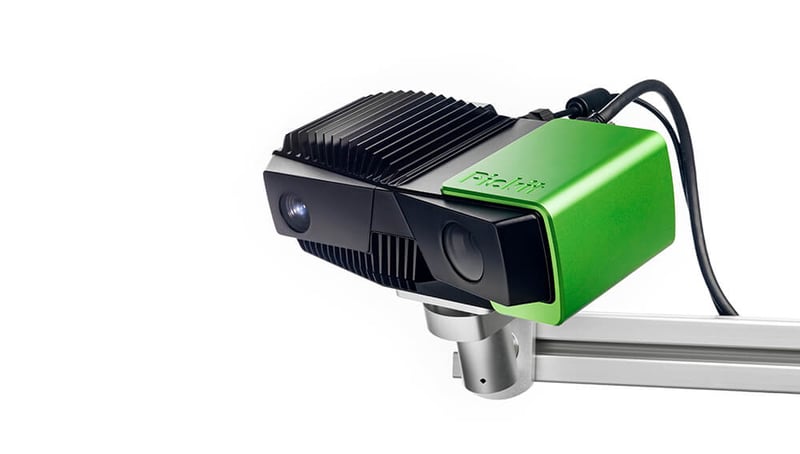
Pickit developed a bin-picking solution using Zivid’s high definition 3D camera
Breakdown any robotic system into its component parts and it’ll ultimately be composed of just four inter-related functions: sensing, decision-making, acting and communicating. The first function is particularly critical and is what Zivid looks after, no more, no less.And as industry continues to move inexorably from hard to soft to flexible automation solutions, to more market-reactive systems driven by artificial intelligence and machine learning, so will the role of 3D machine vision become even more important.
You May Also Like
These Related Stories
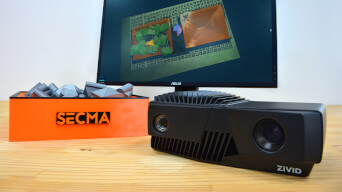
SECMA improves bin-picking with 3D vision
